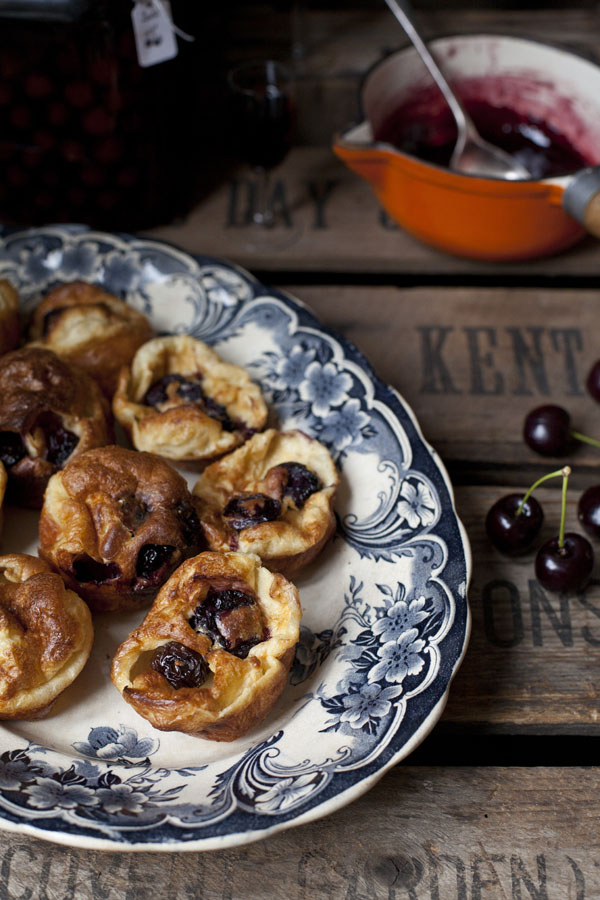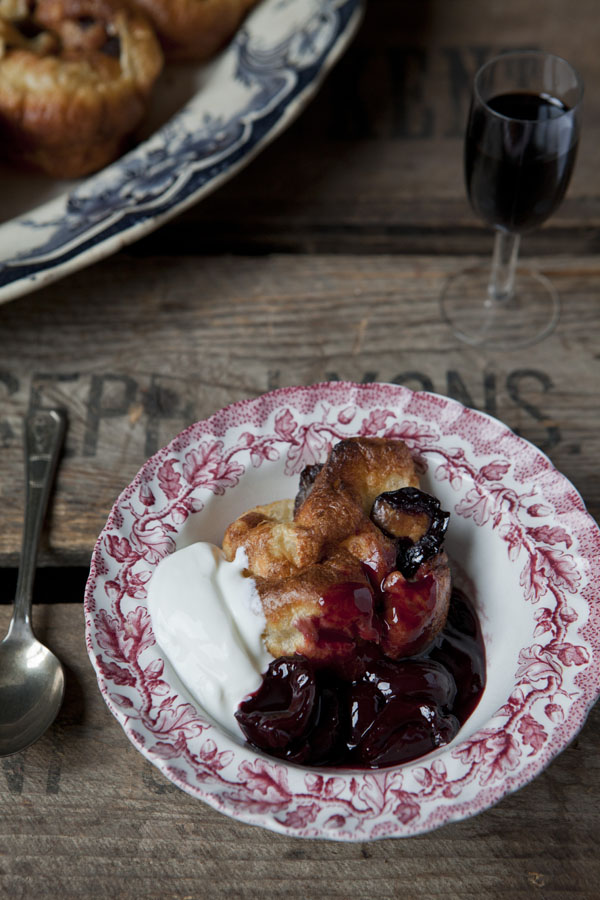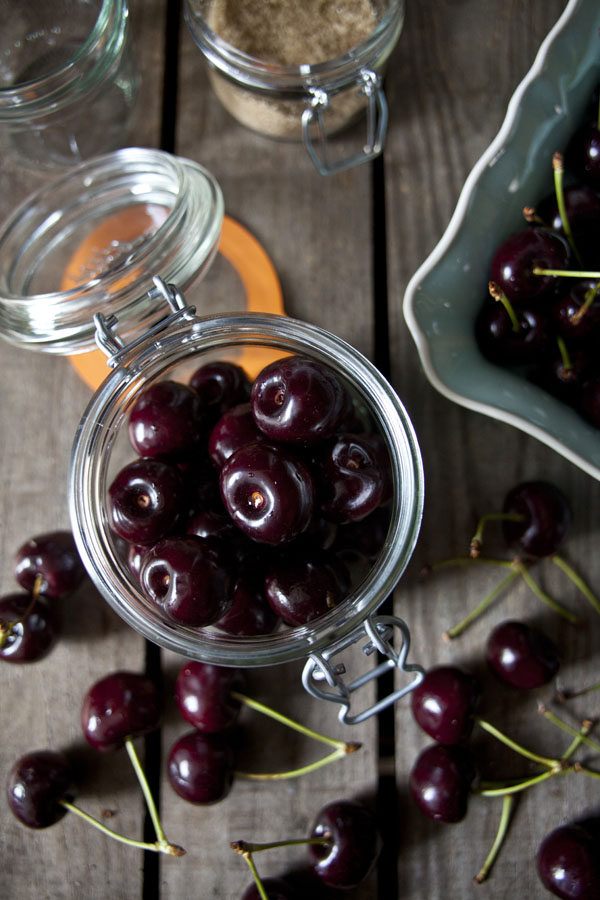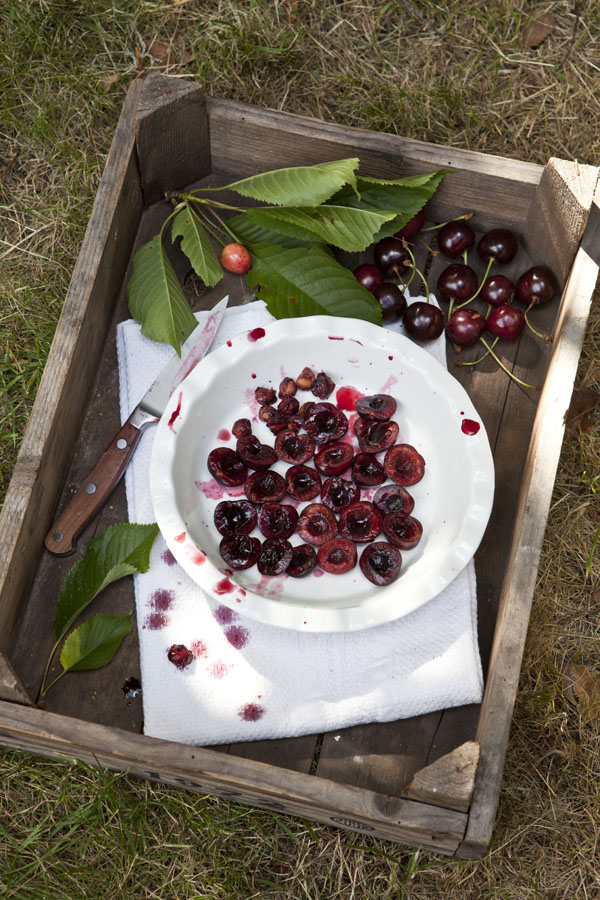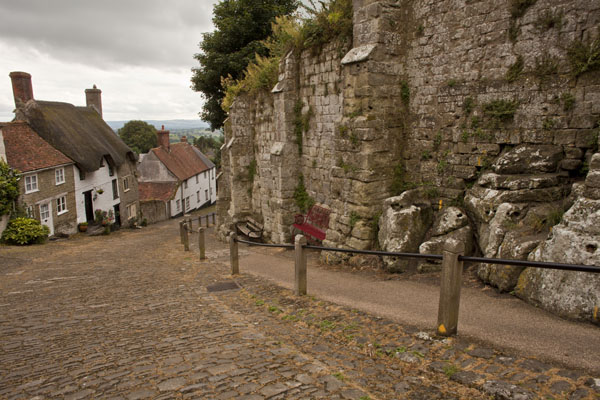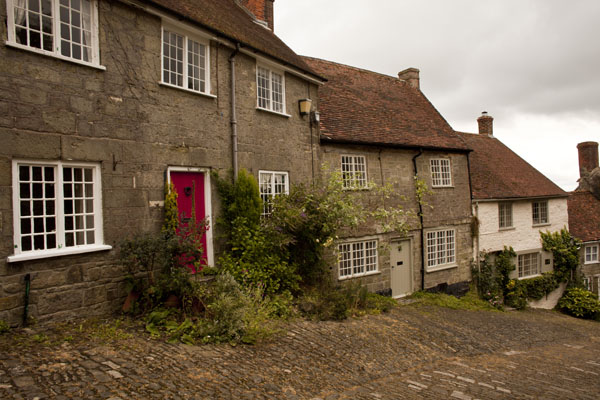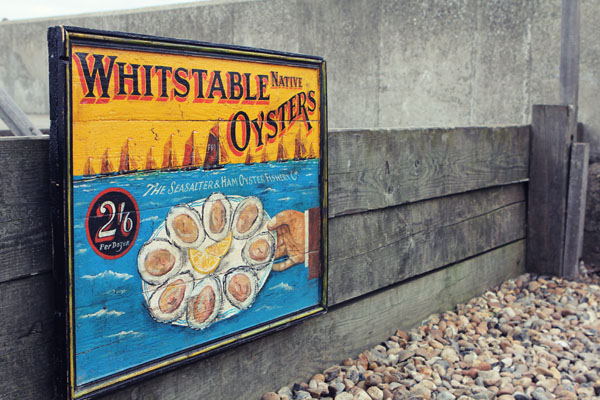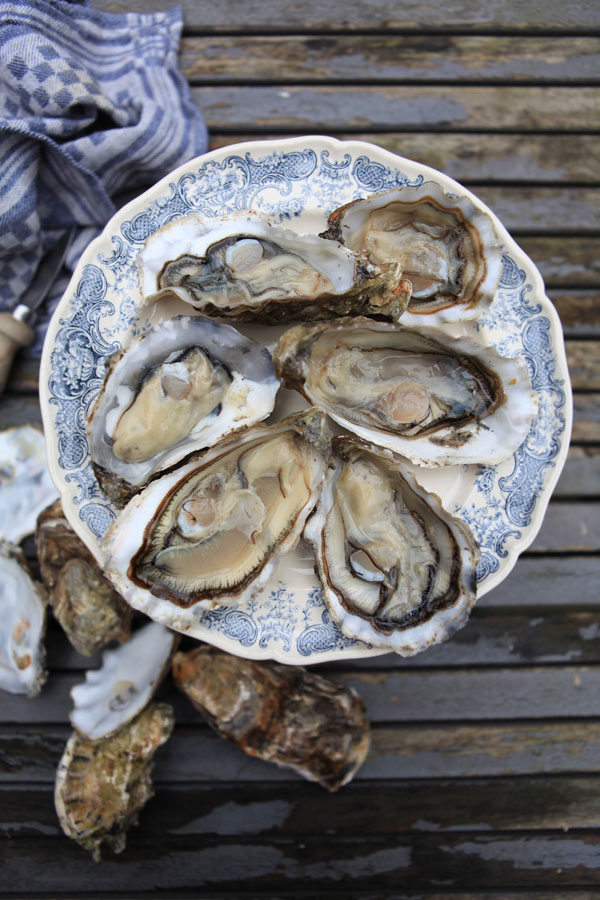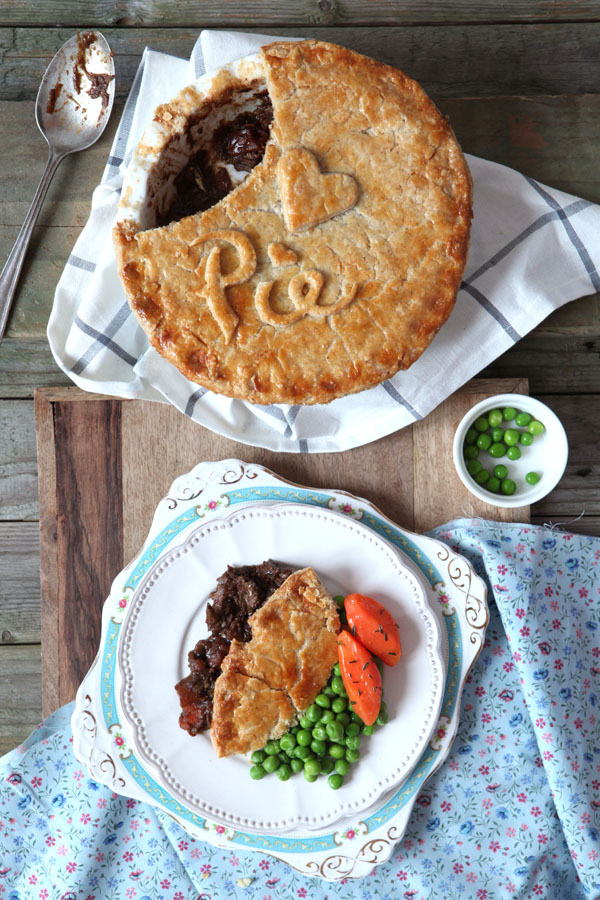The post Kentish cherry batter pudding appeared first on Miss Foodwise.
]]>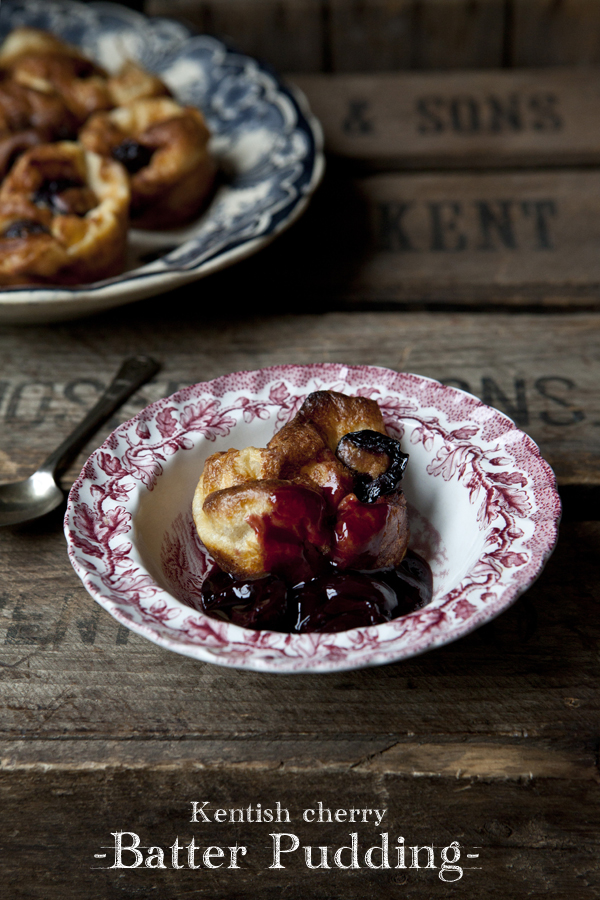
Batter puddings have been around for centuries. Originally they were named ‘dripping puddings’ because they were placed in trays underneath large spit-roasts to catch the dripping of the meat. In the 1747 book The Art of Cookery made Plain and Easy, Hannah Glasse renamed the dripping pudding to the now more generally known Yorkshire pudding.
‘Yorkies’ were provided to stretch the meat a little longer, soaked in gravy they are very child’s favourite and traditionally served as a filling dish before the main meat dish came to the table rather than accompanying it.
But batter puddings haven’t always been the perfect partner in crime to a good sunday roast, they have also been savored as a sweet treats as well. Mostly the rich puddings were just drizzled with a dusting of fine sugar but in the summer season and early autumn when there was a glut of fruit to use up, a sauce of cherries or plums would have been made to accompany the batter pudding.
Although there is no proof of age for the recipe of the Kentish cherry batter pudding, before the second world war there were about 40 000 acres of cherry orchards in Britain and most of them were situated in Kent. This does tell us that there were a lot of cherries about and not all of those cherries would have been exported to other parts of the country. Sadly only 90 percent of these orchards remain today but luckily the last few years Kentish cherries have seen a revival with new orchards being planted.
Cherry trees are kept much shorter now, making it easier to harvest. In the old days, mostly women would pick the cherries standing on high ladders with wicker baskets tied to their waists.
I reaslise this recipe comes at the very end of the cherry season, but you can also use the cherry brandy you have in your cupboard if you made some last year. Or like me if you made some every year for the past 5 years. I age them in years, only just opened up my 10 year old, after which I didn’t make any for 5 years. Some people who I like very much have received a tiny jar of those cherries so if you have, open the jar wisely.
This post also comes at the very end of the season because I have been so very busy, I already mentioned in my last my last post I’m writing a book but I’m also taking on an extra course in culinary school.
But on to the Kentish cherry batter pudding
What do you need
For the batter – makes 12 muffing size puddings
- 120 g plain or white spelt flour
- 2 large free-range eggs
- 240 ml full-fat milk
- a pinch of sea salt
- rapeseed, sunflower or lard for baking
For the cherry sauce
- 300g cherries
- 150 ml unsweetened apple juice or water
- 40 g raw cane sugar
- 2 teaspoons of cornstarch if you wish to thicken the sauce
Method
- Preheat your oven to 200° C
- To make the batter, sift the flour – very important here – and add the eggs, add the milk slowly while whisking the batter to create a mixture resembling a slightly thicker pancake batter.
- To make the cherry sauce, remove the stones from the cherries by halving them or use a fancy tool to get the stone out. Place in a small pan and bring to a simmer with the water or apple juice.
- Add the sugar and let it dissolve, simmer until you get a dark colored sauce. I like not to cook it too long so the cherries aren’t reduced to jam.
- If you like a thicker sauce add the cornstarch to packet instructions and when done put aside
- Place a generously greased muffin tin in the preheated oven.
- When the oil is hot, be quick as it should stay hot. Get the tin out of the oven safely, don’t spill the hot grease!
- Scoop batter into each muffing shape and then add a cherry or two from your braised cherries, or from your cherry brandy.
- Place into the oven and don’t touch the oven door until the batter puddings have risen and are golden brown, this should be about 25-30 minutes.
- Serve with some of the braised cherries, a spoonful of clotted cream or strained yoghurt (Greek style)
Tip: Just use leftover Yorkshire puds if you have them, and also these puds freeze well!
I’ll share with you which beer I would have with this pudding, to stay in the cherry mood: a traditional Belgian sour cherry beer, not a sweet one like the more commercial brands. A sour one which has a hint of the kernels and vanilla like a Liefmans Kriek, or a provision beer like a Liefmans Goudenband. For more international beers I think a sweet ans mooth porter would do the trick. Or, if you have cherry brandy, a little glass of cherry brandy of course!
Enjoy!
You might also like
Cherry and almond cake
Cherry brandy
The post Kentish cherry batter pudding appeared first on Miss Foodwise.
]]>The post Cherry and almond cake and a walk on Gold Hill in Dorset appeared first on Miss Foodwise.
]]>
As the weather suddenly changed from gloriously sunny to dreadfully grey again, I ventured out to beautiful yet misty Dorset to be a judge on the Great Taste Awards.
After seven hours on several trains I finally arrived in Shaftesbury, one of the highest and oldest towns in England. Shaftesbury, also known as Scaepterbyrg in the Domesday book was either built or rebuilt by Alfred the Great in the 9th century when he also founded the abbey where his daughter Ethelgiva would be the abbess. Although a Saxon settlement, there is reason to believe that a much older Celtic village named Caer Palladur used to exist on this hilltop.
I walked up and down Gold Hill three times and sat on the cobbled street at the top of the hill to watch the evening spread it’s cloak over the valley. After a walk I ended my day with a much needed pint of Chocolate Stout at a local pub and a plate of excellent Devon crab – with Hovis bread of course, as you do when in Shaftesbury. The town and especially Gold Hill has become famous for the evocative Hovis advertisement film in the seventies. The film was directed by Riddley Scott, whom you might know from films like Gladiator and featured a small lad pushing a bike with a basket laden with a loaves of bread up the steep cobbled street of Gold Hill on the tunes of Dvorak’s ‘New World’ Symphony. The advert has been voted Britain’s most popular advertisement of all time and shows the power of a good advertising campaign. It’s a deceiving plot to convince the consumer that Hovis bread is something more artisan than just a factory made bread. It feeds on nostalgia, showing images of times gone by, suggesting the bread is still being made by the traditional method. It is not. It is made by the fast ‘no-time dough’ Chorleywood method using not only wheat flour but also a larger amount of yeast, emulsifier, stabiliser and Soya flour. Things that are hardly traditional.
This brings me back to the Great Taste awards and how important the Guild of Fine Food is in supporting artisan and ‘real food’ producers. We’re turning back towards foods that are once more traditionally made with the best possible ingredients out there. Pasture fed beef is now a regular term as well as rare breed pork and raw milk yoghurt. We want quality for our pennies again, and we want to make a difference when we do our food shopping.
After my ponder gazing down over Gold Hill I decided an early night is what was needed as the next morning some serious judging had to be done. Not only is winning a Great Taste Award for your product an excellent way of promoting it, it’s also an unique opportunity to receive feedback about that product from the ‘crème de la crème’ of the British and Irish food scene. The panel of experts is perfectly balanced and consisting of food buyers for the leading speciality stores, seasoned food writers, critics, chefs and other people who have earned their mark in food.
Every grade we gave was weighed up and discussed, these decisions have not been taken lightly as so much depends on it for the producer. In the afternoon it was up to a selection of the judges to choose the overall winner from the 15 products that were chosen to receive the 3 star rating. I can’t be sure which of the products won the overall winner of the awards, I have my fair idea as one of the products left me silent and wanting for more… We will have to wait until september when all the winnings are announced.
I feel truly privileged to have been a part of this and to taste so much beautiful food.
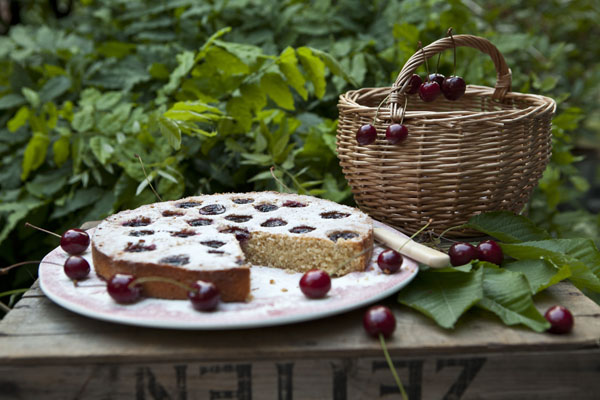
So here I give you a slice of the cake I took with me on my long travel to Dorset this week. A super easy gluten-free, low GI, super delicious and nourishing Cherry and Almond cake.
While other years the yield of my tree was about five cherries, this year it must have been twenty. I had my eye on them as the birds had too, and I was set on picking the little red jewels before the birds would steal them. Although I do feel a bit guilty for taking this delicious cherry treat away from Mr and Ms Blackbird, the family Great tit and the little Wrens, this would be the first year I would actually get to enjoy my own crop.
At first I was thinking of preserving the cherries by making my cherry brandy, but then I suddenly craved a cake with almonds and thought the cherries would make a lovely addition to the bake.
I really was too hot to turn on the oven to be honest, but when a girl wants cake you can’t argue with her. So I baked.
To get as much out of the oven temperature as possible I also added a jar of prunes to the oven, I like to do that because then you are using your oven for more than just your cake and end up with a lovely slow cooked prune puree that works like magic as a filling in a prune tart like this one here.
What do you need
- 200 g good quality unsalted butter soft, not runny
- 100 g sugar
- 3 organic eggs
- 50 g buckwheat meal or another gluten-free flour
- 125 g almond meal made of blanched almonds
- cherries, a handful, pitted and halved
Method
- Prepare a 22 cm round cake tin – spring form is best -with greaseproof paper and set aside
- Preheat your oven to 160° C
- Cream the soft butter and sugar together in a mixing bowl and use an electric mixer to beat the mixture until light and fluffy
- Add the eggs one by one, beating well
- Add the almond meal and the other chosen gluten-free flour bit by bit and combine well
- Transfer the dough into the prepared cake tin, press down the halved cherries into the dough and put in the preheated oven for 60 minutes or until golden.
Tip: Why not use the cherries from last years Cherry brandy ?
You might also like
Strawberry Spelt Shortcake
Chocolate beetroot and walnut cake
Cherry brandy
The post Cherry and almond cake and a walk on Gold Hill in Dorset appeared first on Miss Foodwise.
]]>The post Poverty and oysters … Beef, stout and oyster pie appeared first on Miss Foodwise.
]]>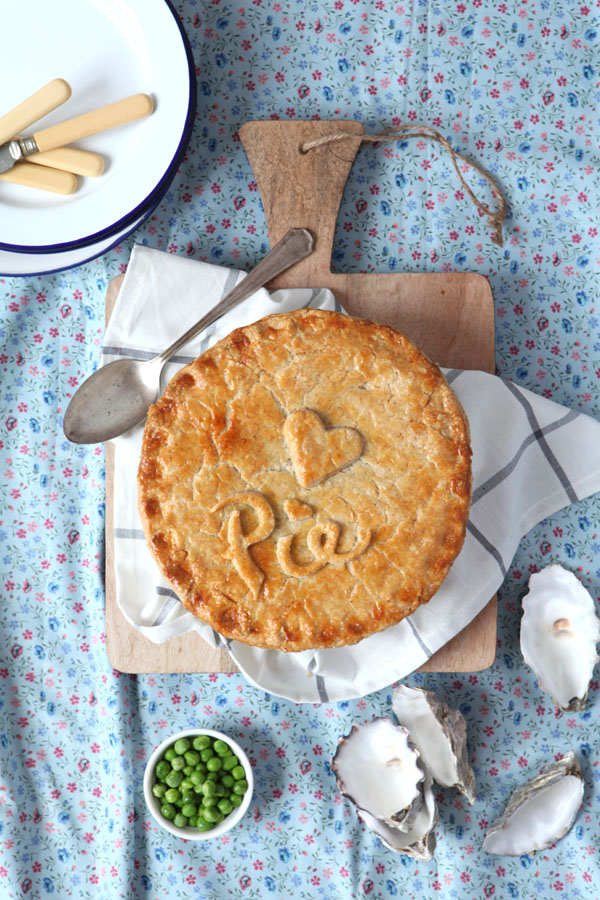 As Dickens’ Sam Weller remarks in the Pickwick papers:
As Dickens’ Sam Weller remarks in the Pickwick papers:
‘Poverty and oysters always seem to go together’.
Oysters have been savoured in Britain since Roman times. Shells have been found at many archaeological sites, with the Roman fort and Amphitheatre in Richborough as the most symbolically important one, and stretching as far north as Hadrian’s and the Antonine walls. Before the Romans came, the Britons regarded shellfish as something to eat when there was no fish or meat to be had. The little molluscs weren’t sought after until the Romans started to farm them and even export them live to Rome, where they were considered a delicacy.
When the Romans withdrew and the Saxons invaded in the 5th century, so a rich culinary culture disappeared, which included the oyster farming. It would take centuries for the oyster to become popular again and the first recorded appearance is to be found in a 14th century cookery manuscript by the Master Chef of King Richard II.
Throughout
the Medieval period the church imposed a number of days where one
should eat fish rather than meat. In fact, for a third of the year,
eating meat was forbidden. Therefore the mixing of fish and meat in
dishes only became popular later in the 16th century and an early 17th
century cookbook gives the recipe for roasting mutton with oysters.
By the end of the 18th century the industry had become highly regulated and although oysters had been the delight of the rich for a very long time, industrialisation cheapened them, making oysters one of the staples of the diet of the poor.
Beef
and oyster pie is a classic Victorian dish; it was the food of the
poor, and the poorer you were the more oysters you would put in your
pie. Oysters were plenty, the smaller ones sold as fast food on the
streets of London or pickled to keep, while the bigger ones were put in
stews and pies to make up for the deficiency of meat. It was a cheap
source of protein.
Oysters were also a typical food to be found
in public houses, where they were most commonly served with a pint of
stout. Stout beers were popular because of their strong flavour, higher
alcohol content, longer shelf life and because they were cheaper than
other beers. The claims of Stout being a nutritious drink made the
pairing with oysters the perfect cheap meal for the working class on
their way home with their wages.
Demand for oysters was high,
with as many as 80 million oysters a year being transported from
Whitstable’s nutrient-rich waters to London’s Billingsgate Market alone.
In the middle of the 19th century the natural oyster beds became
exhausted in England. As the oyster beds further declined, what had
previously been the food of the poor became a delicacy for the upper
classes once again.
This pie is wonderfully succulent; once a poor man’s dinner, it now graces our tables with elegance. The beef, oyster and stout or porter beer are a perfect pairing together with a rich suet crust – just like your nan used to make but let’s kick it up a notch and put some effort into the decoration of the pie! It’s fun to let your children have a go with the leftover pastry; you will have leftover with this recipe. Keep in the freezer until needed, defrost the evening before in your fridge.
This recipe works just as good as a stew, feeding 4 hungry mouths.
What do you need
For the stew
- 1 large carrot, quartered and cut into 2 cm long pieces
- 3 medium onions
- 500 g chuck of beef, diced
- flour to dust the meat
- 1 pint of stout, Guinness or porter beer
- 1 teaspoon of mushroom ketchup (if you don’t have it, leave it out or use 1 teaspoon balsamic vinegar)
- 2 bay leaf
- thyme
- pepper and salt to season
- water
- 6 oysters, cleaned.
For the pastry
- 300g plain white flour
- 100g unsalted butter
- 100g Atora shredded suet
- a generous pinch of salt
- 125 ml icecold water
- 1 egg, beaten
Method
for the stew – filling
- Preheat your oven to 160C
- Add the carrots and onion to a cast iron casserole and color them over a medium fire.
- Dust the meat with the flour and add it to the vegetables.
- Immediately pour in the stout, mushroom vinegar and herbs.
If the meat isn’t completely covered in liquid, add some water or extra stout until it’s just covered. - Bring to the boil without putting on the lid.
- When boiling, put on the lid and place in a lower part of the oven for 3-3,5 hours.
It depends on the animal used, the quality of the meat and how lean it is to know when the meat will be done. Check on it regularly so you don’t end up with dry meat. The meat is done when it is about to fall apart.
for the pastry lid
- Combine the flour, butter, suet and salt in a large mixing bowl and use your fingers to rub the butter into the flour. Keep on doing this until the mixture resembles breadcrumbs.
- Pour in the water and start pressing the liquid into the breadcrumb-like mixture. Be gentle as you must be careful not to overwork the dough.
- When you have created a rough dough, wrap it in cling film and let it rest in the fridge for an hour or more. You can prepare the pastry the day before if you’re feeling organized.
- Preheat your oven to 180C
- Ladle the stew into your shallow pie dish and place the oysters neatly so everyone will find some in his plate.
- Use the beaten egg to eggwash the edges of the piedish.
- Take your pastry out of the fridge and place it on a floured work surface. Now roll out the pastry about 1 cm thick and make sure it’s larger than your pie dish.
- Now carefully pick up the pastry and place it over the pie dish. Trim off the edges of the pastry so you get a nice lid. Now crimp the edges by using your thumb or a fork so the pastry lid is closed tightly.
- Decorate the pie lid if you like and eggwash generously before putting into the oven on one of the lower parts.
- The pie should be nice and golden after 40-45 minutes.Serve with peas and carrots because you got to have peas and carrots with pie …
You might also like
Sussex stewed steak >
Jo’s Hotpot >
Chicken & taragon pie >
The post Poverty and oysters … Beef, stout and oyster pie appeared first on Miss Foodwise.
]]>